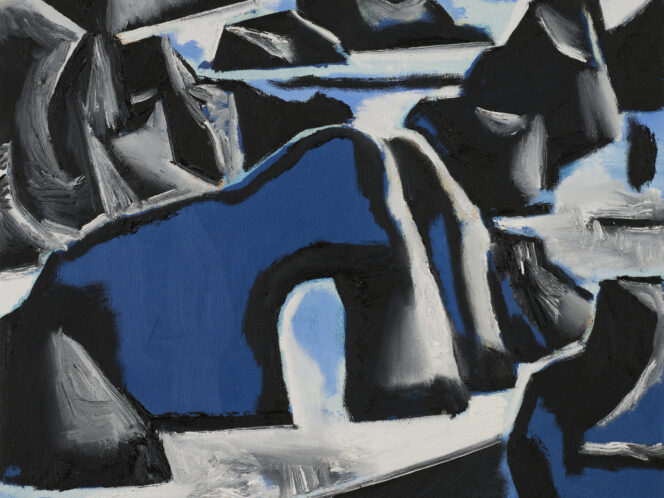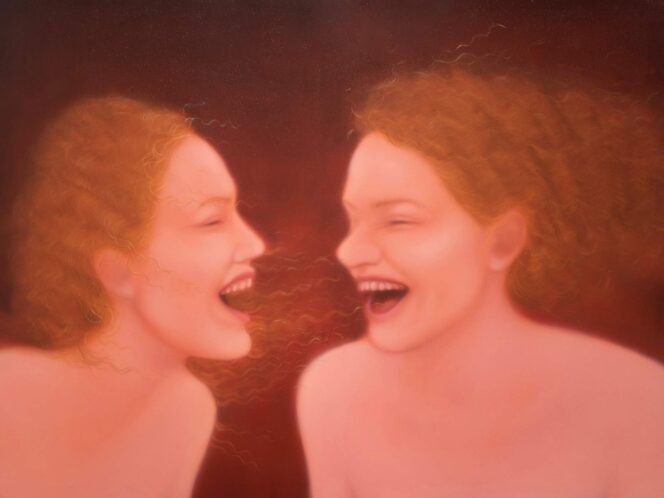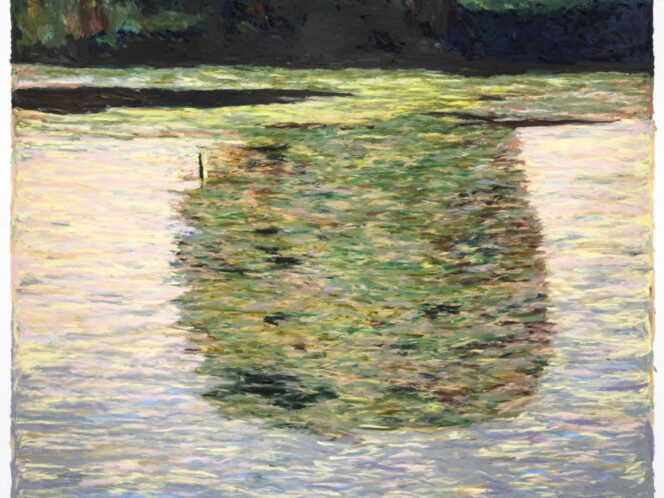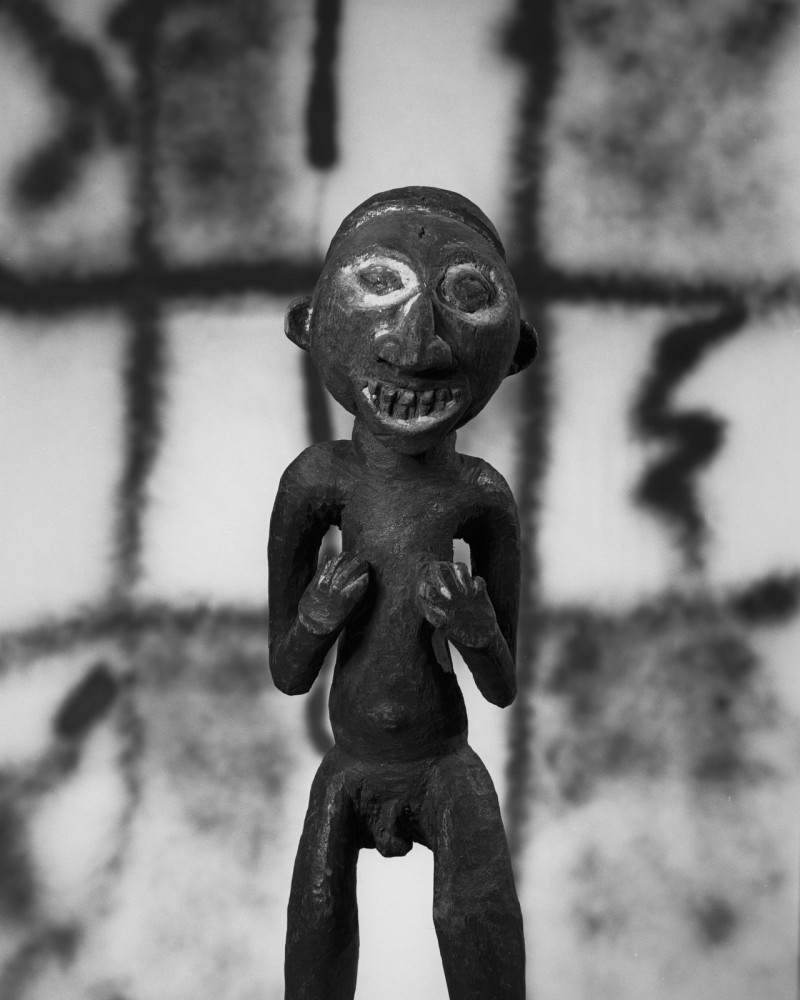
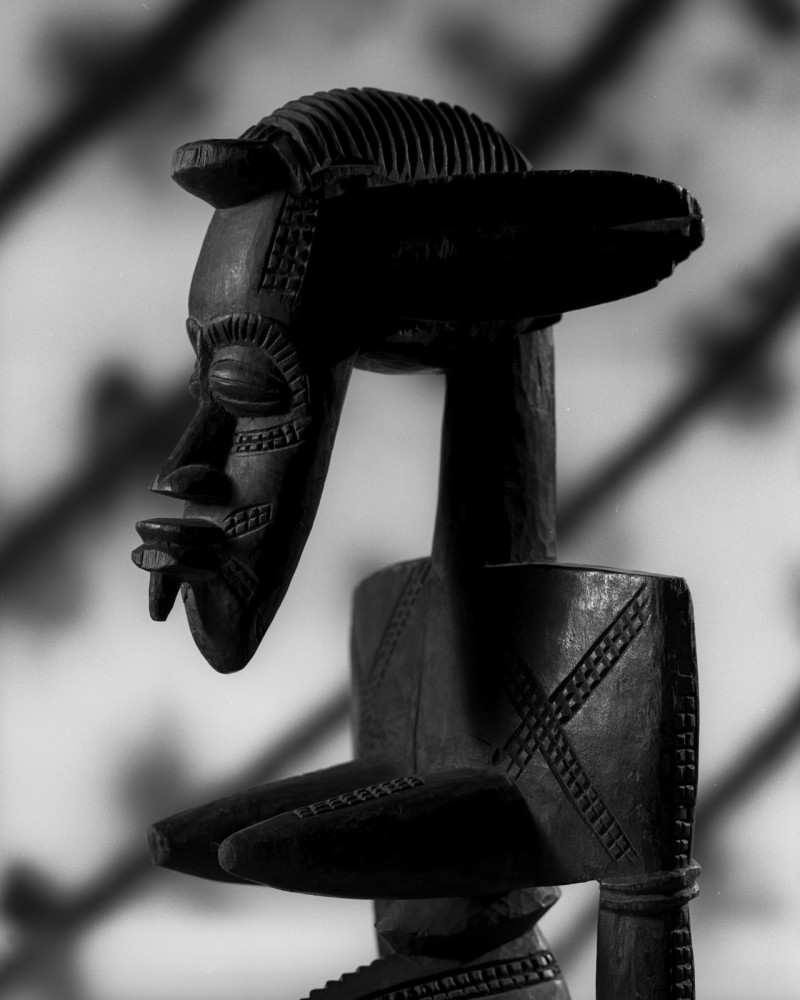
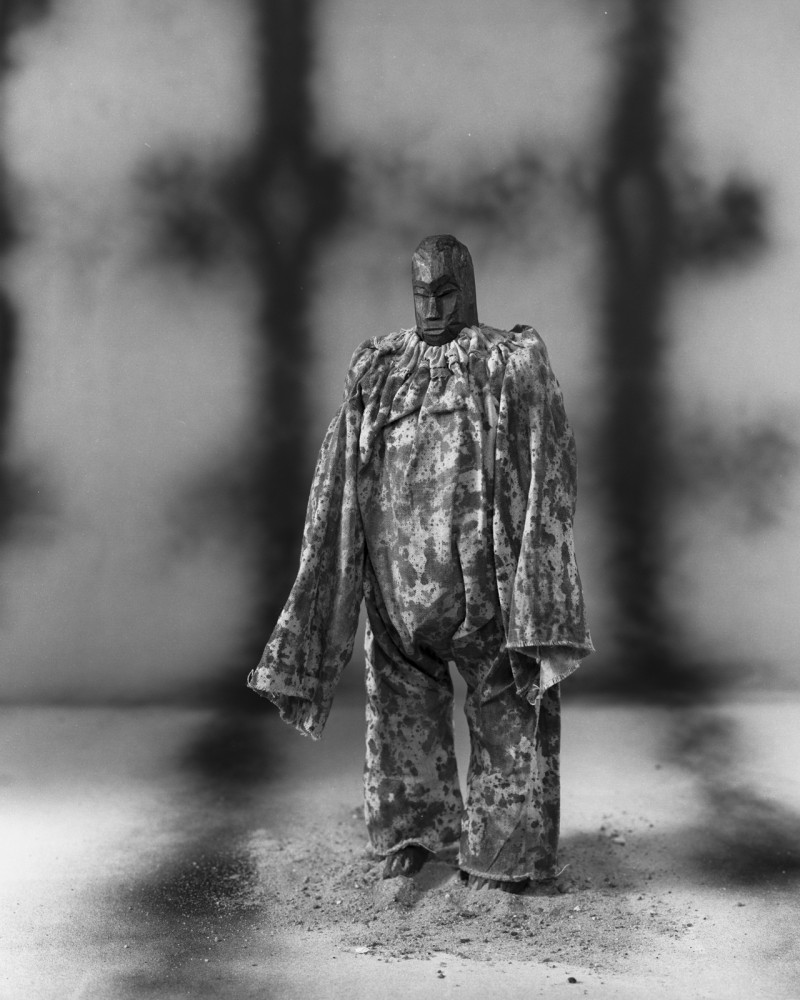
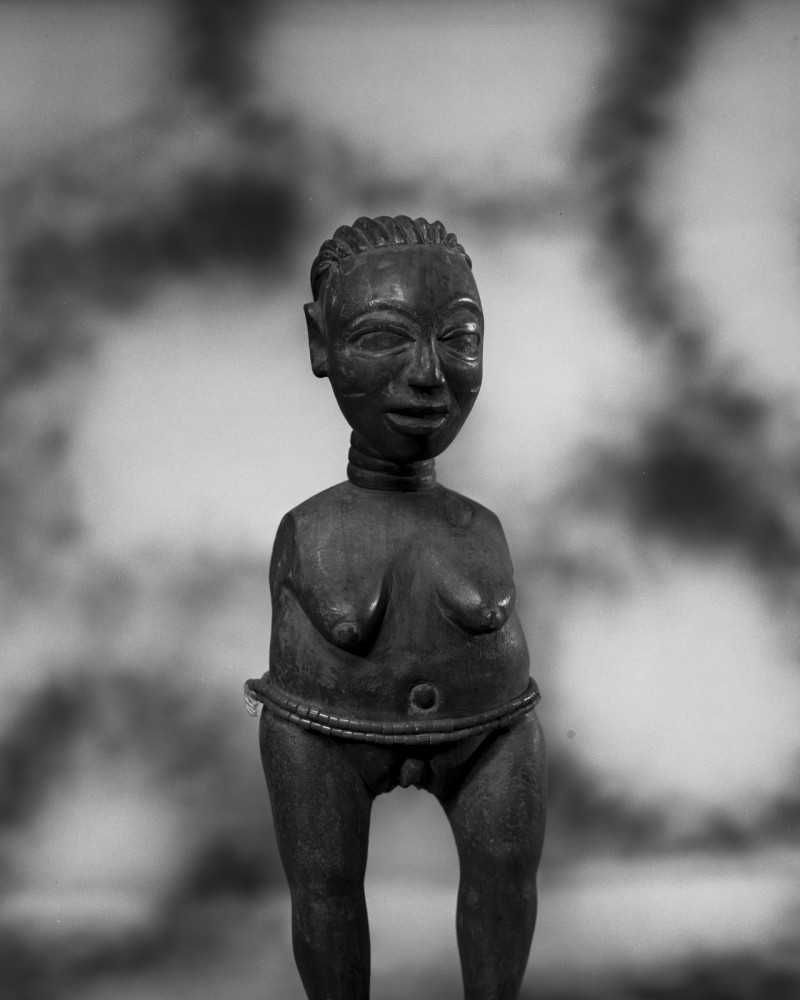
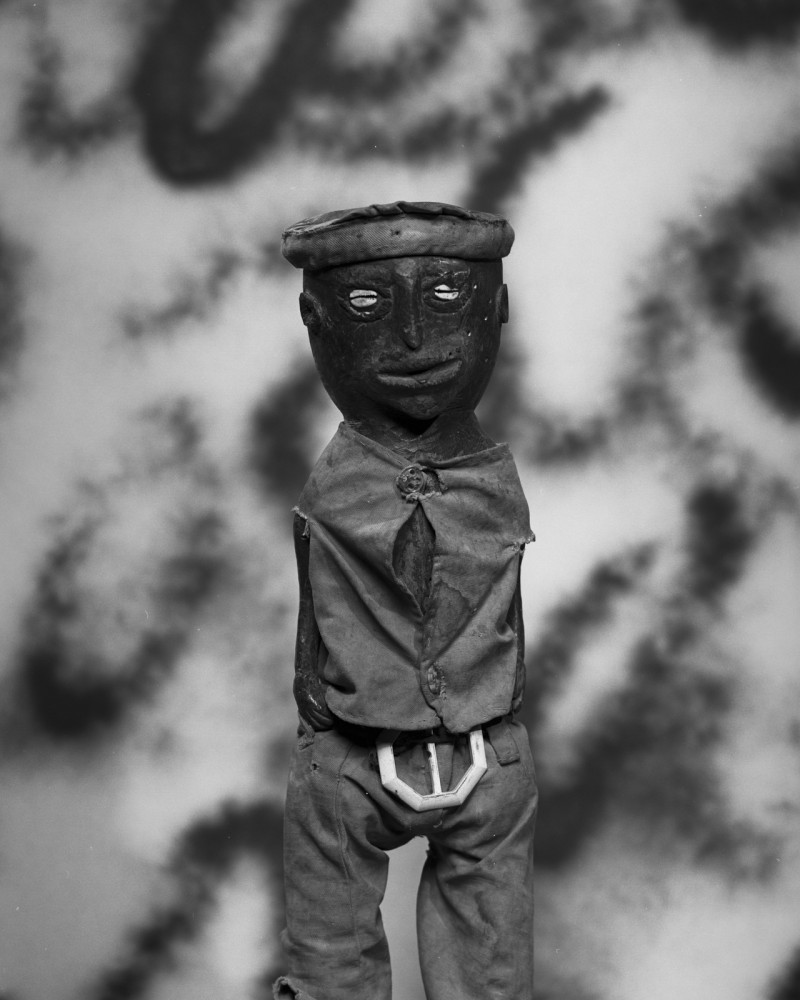
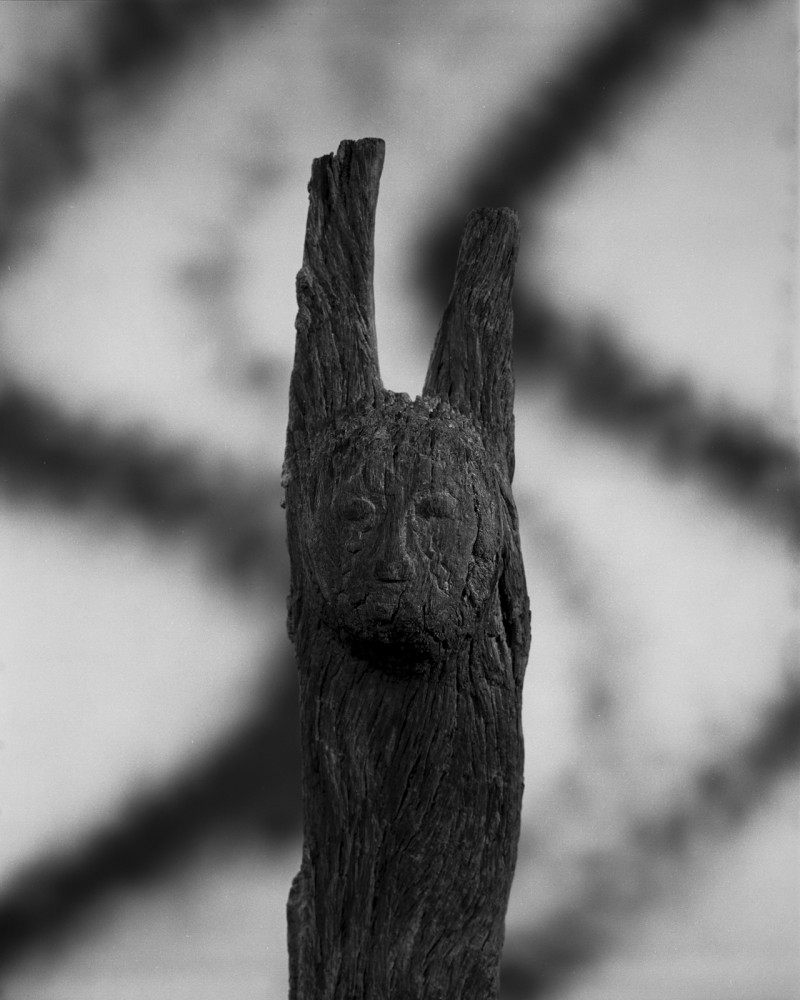
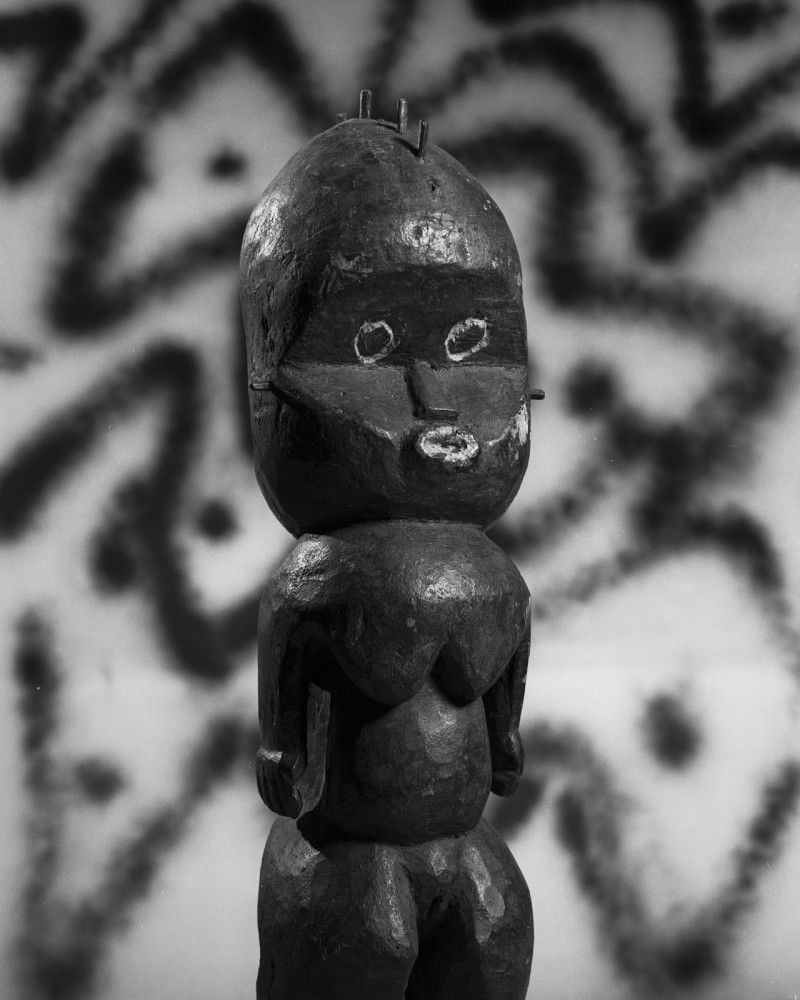
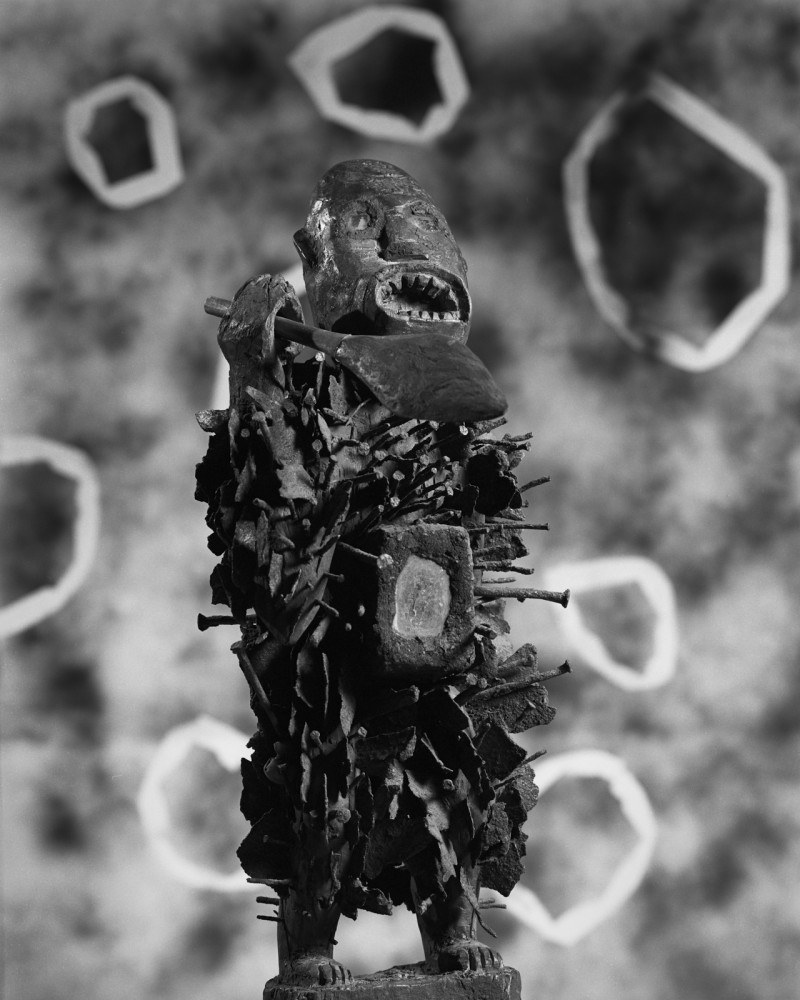
The African collection at the National Museum in Szczecin was established prior to World War II. One might even say that it is a remnant of Western European imperialism, with lands to the east subjugated by the colonial powers of the late 19th century.
The collection was expanded significantly after 1945, serving as proof of Poland’s eagerness – in spite of its history and its post-war reality – to join the rest of Europe, not as colonizers, but as collectors of art. Alain Resnais and Chris Marker were right when they declared, in their 1953 film Les statues meurent aussi (1953), that the museum is a paradise of form in which the most mysterious affinities develop. However, in this paradise, there is a single condition that needs to be met: these filmmakers set the white man up as the forefather, robbing Africans of their traditions, culture, while inflicting their own framework within which the works they pillaged would be presented to the public. This dispossession still contains, nonetheless, an innate potential which is often considered by critical artists – namely, the hidden links that can be brought to light once again, endowing the faded forms of the past with a new life.
In the National Museum’s expanded collection, we find not only artifacts and tools related to domestic life and agriculture in various regions of Africa, but also musical instruments. Witek Orski has chosen a series of anthropomorphic figurines, photographing them in black and white, as if they were part of a portrait series. The blurred focus of the backdrop, made up of traditional textiles, brings the figurines of the spiritual landscape of Africa to the forefront. Orski’s most substantial contribution to this series was to organize a new set of circumstances for their exposition, endowing these objects with an entirely different presence in the exhibition space. He has projected light onto the photographs, in various grades of white. In this way, he deconstructs the visual apparatus (on the basis of black-and-white photographs as a staple of the documentary form) and the apparatus of power (as seen through the opposition of black and white). This is how the ‘white balance’ exists in the image, as it exists in history, or, rather in the way history is told, in which the roles of ‘black’ and ‘white’ are dictated by the colonial hierarchy of power.
White Balance seeks to expose, by way of the senses, that there is no such thing as a single shade of white, a single model that could be set in contrast to that which is considered by the majority as ‘the other’. Just as there is no single manner of whiteness, there is no single Africa, no single form of ‘blackness’ that can be consumed as a commodity and forced into the bounds of an imposed, false identity. It is nothing but a crumbling and temporary sense of balance, a particular hue, a gradient that is used to set up a certain order in the world. And it is in this sense that Orski’s work sets the elements of the collection in a new guise, following, perhaps, the trail of history that has been brought out of the shadow of colonialism – and back into the light.
Paweł Mościcki, “White Balance”



